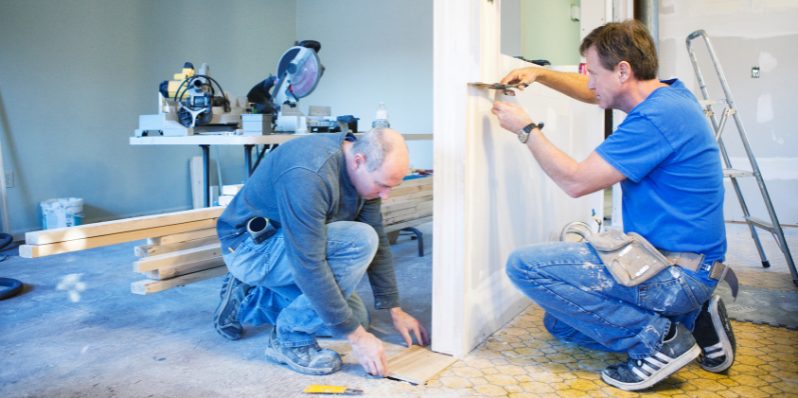Renovating a historic limestone home is an exciting endeavour that allows you to breathe new life into a piece of architectural heritage while preserving its unique charm and character. However, such projects require a delicate touch to maintain the property’s historic integrity. In this blog, we will explore the dos and don’ts for successfully restoring a historic limestone home, ensuring that you balance preserving the past and incorporating modern amenities.
The Dos for a Successful Restoration
Conduct Thorough Research
Before embarking on any restoration project, it is essential to research the history and architectural style of the limestone home. Understanding the original design, building techniques, and materials will guide your restoration decisions and help preserve the home’s authenticity.
Work with Preservation Professionals
Collaborating with preservation professionals, such as architects, historical consultants, and contractors experienced in restoring historic properties, is crucial. Their expertise will ensure that your restoration adheres to preservation guidelines and meets the standards set by local historic preservation commissions.
Preserve Original Elements
When possible, strive to preserve as many original elements of the limestone home as possible. Original doors, windows, mouldings, and decorative features contribute significantly to the property’s historical value. If repairs are necessary, opt for restoration rather than replacement to maintain authenticity.
Choose Sympathetic Materials and Techniques
When replacement is unavoidable, use materials and techniques sympathetic to the home’s original construction. Opt for period-appropriate limestone, bricks, wood, or other materials that match the historical context.
Update Systems with Care
While modernizing the home’s systems is necessary for comfortable living, proceed cautiously. Conceal modern wiring, plumbing, and HVAC systems in discreet ways that do not compromise the historic appearance of the house.
Emphasize Sustainability
Consider incorporating sustainable and energy-efficient features in your restoration. This will lower utility costs and help preserve the home for future generations.
The Don’ts to Avoid Common Pitfalls
Don’t Over-Restore
Avoid over-restoring the limestone home to where it loses its historical character. An overly polished appearance may strip away the authentic charm and patina that give the house unique allure.
Don’t Ignore Safety and Structural Issues
Prioritize addressing safety and structural concerns before cosmetic upgrades. This includes fixing foundation issues, ensuring the roof’s integrity, and reinforcing load-bearing walls.
Don’t Neglect Permits and Regulations
Before starting renovation work, familiarize yourself with local historic preservation regulations and obtain the necessary permits. Non-compliance can lead to costly fines and delays.
Don’t Rush the Process
Restoring a historic limestone home is a time-consuming process. Take your time with the project, as it may lead to hasty decisions that could compromise the home’s authenticity or quality of work.
Don’t Sacrifice Quality for Cost
While restoration can be costly, cutting corners on materials or craftsmanship may lead to expensive repairs. Invest in quality work to ensure the longevity of the restoration.
Renovating a historic limestone home is a labour of love that requires careful consideration and dedication to preserving its unique heritage. Following the dos and don’ts outlined in this blog, you can embark on a successful restoration journey that celebrates the past while embracing the future. Remember that patience, research, and collaboration with preservation experts are the keys to ensuring the home’s continued beauty and historical significance for future generations.


